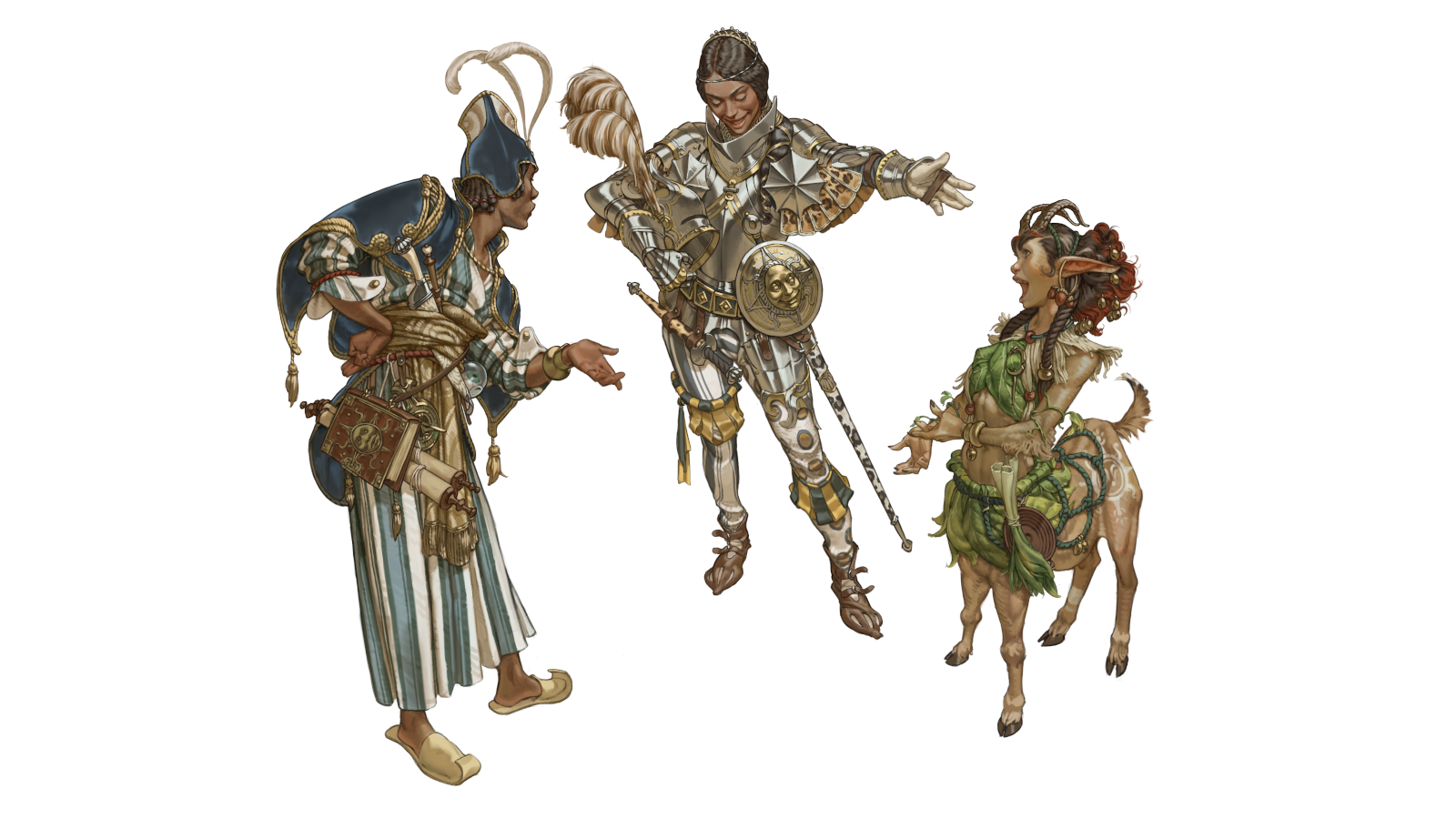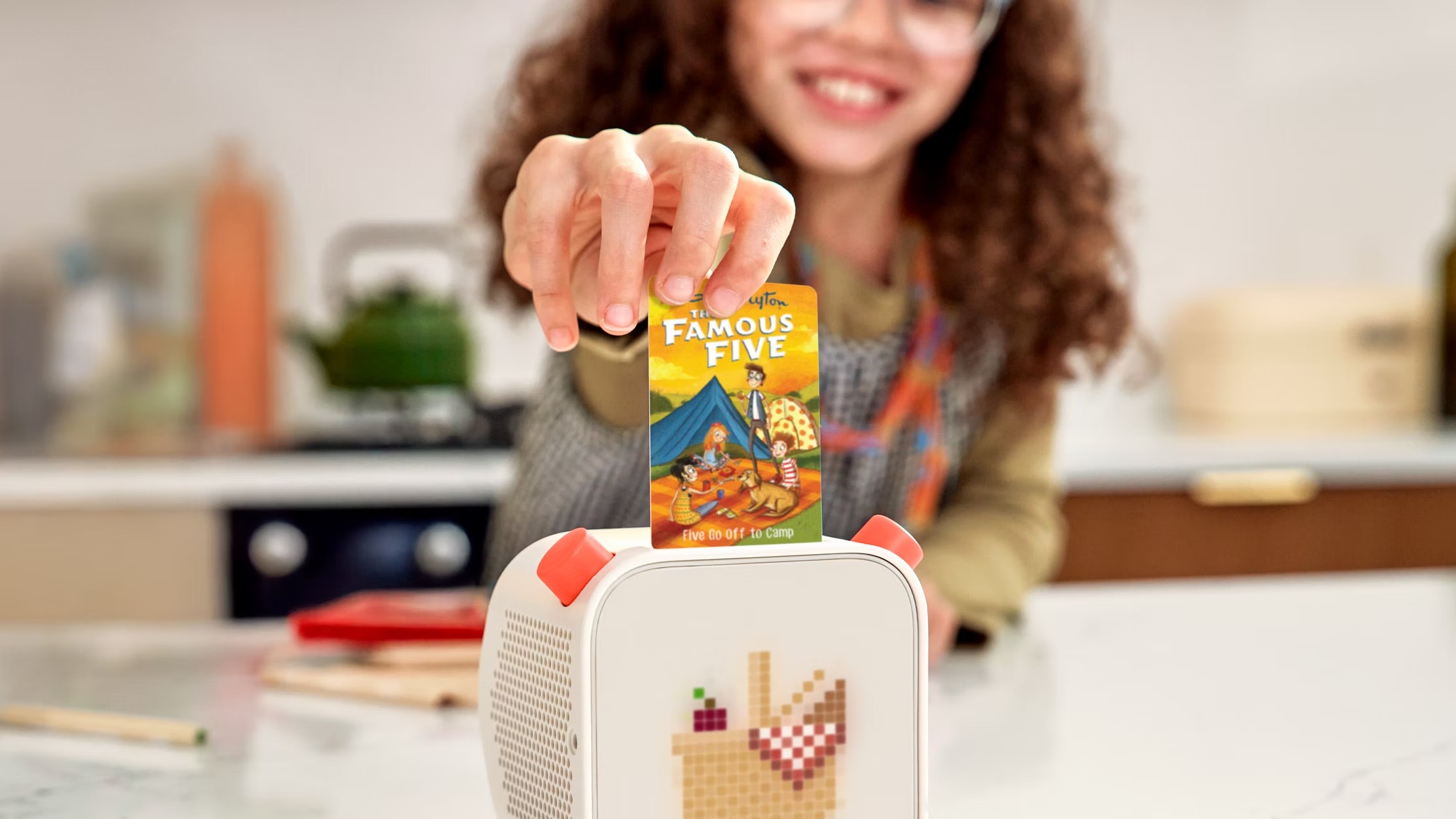How to use worldbuilding to make your fantasy character art feel more complete
Concept artist and character designer Riccardo Moscatello shows how to develop your world with consistent features and a deeper narrative.

Worldbuilding is a big part of fantasy art. Characters are inextricably intertwined with the world they live in and establishing the boundaries of their setting is a crucial aspect in making them believable. Happily, this can also be a lot of fun to do.
Read on for my advice for creating fantastical worlds that people feel like they can step into by telling your story through the key details. See our roundsups of the best digital art software and the best drawing tablets if you need new gear for your work.

Riccardo is a concept artist working in the videogame industry and specialising in the fantasy genre. His clients include Volta, Creative Assembly and Wizards of the Coast as well as many miniatures and TTRPG publishers. He loves designing and telling stories through characters.
01. Where to start

When populating our imaginary world, we could start from something that we’re familiar with: an archetype, a folk legend, pop culture or even literature, and then expand from there.
02. Be curious and explore!

Learning about real cultures from the past and present is the most powerful tool for grounding our fantasy ideas and making them believable.
03. Add your twist

We’re all familiar with the idea of wood elves riding deer, but you could add your own take on the theme such as a specific breed of animal that’s native to your local area.
04. Stir in all the ingredients

In a fictional universe, It’s important that your designs feel influenced by your research, but at the same time you need to make sure that they’re also specific for your own setting and story.
05. Materials and technology

A lot of story can be conveyed to the viewer just from the materials used and the technology available to the characters. However, it’s important to establish what the limitations of these are for your setting so that it remains believable.
06. Art and culture

A fictional civilisation should have its own art styles and design language. These details might help in creating a stronger design and also invite the viewer deeper into your world.
07. Repeat design themes

For these night-dwelling elves, I chose as a theme some multi-eyed carved faces on their armour. These repeated design elements could hint at their costumes and beliefs as a culture.
08. Unify and diversify

Characters from the same fictional world should read as their own unique entities, but at the same time have details that tie them together.
09. Use objects as narrative tools

Ideally, each element you place onto the character should tell us something about them and enhance the overall story. The more that we can imply about our world and narrative, the more the viewer will potentially become interested.
10. Implied vs literal approach

Sometimes to solve a design problem, for example a character that has blades on their shoulders, you can look for ways to imply that idea or shape indirectly, rather than forcing it.
For more advice, see artist Omar Gomet's suggestions on how to design characters for animation. You might also want to see our main roundup of expert character design tips.
Get more tutorials in ImagineFX
This content originally appeared in ImagineFX magazine, the world's leading digital art and fantasy art magazine. ImagineFX is on sale in the UK, Europe, United States, Canada, Australia and more. Limited numbers of ImagineFX print editions are available for delivery from our online store (the shipping costs are included in all prices).
Daily design news, reviews, how-tos and more, as picked by the editors.
Riccardo is a concept artist working in the videogame industry and specialising in the fantasy genre. His clients include Volta, Creative Assembly and Wizards of the Coast as well as many miniatures and TTRPG publishers. He loves designing and telling stories through characters.
You must confirm your public display name before commenting
Please logout and then login again, you will then be prompted to enter your display name.
